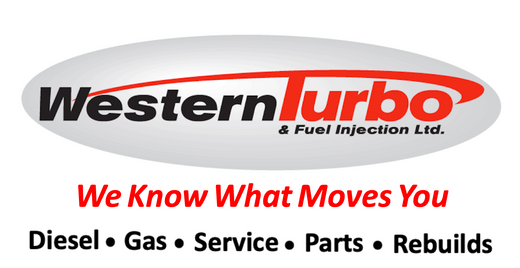Diesel engines are frequently equipped with turbochargers in order to increase their horsepower output, but exactly how is that accomplished? The technology behind turbo charging is known as forced induction. In a forced induction system, the exhaust gas is collected, compressed, and fed back into the engine. This highly compressed air allows for more fuel to be fed into the cylinder as well, resulting in greater power output with each explosion within the engine’s cylinders. As such, turbochargers offer a more compact and efficient alternative for increasing power output as opposed to adding cylinders, which would also increase size and fuel consumption.
Engine exhaust gas spins the turbocharger’s turbine, which then spins an air pump at speeds many times faster than a car engine can rotate, in fact well over 100,000 rpm. Since the air is recovered from the engine exhaust, it is already extremely hot, making for a more efficient burn as well. Normal air pressure at sea level is around 14 psi. A turbo can boost that pressure by as much as 8 additional psi, meaning a potential 50% gain in power, but more typically in the range of 30 to 40 per cent.
Mounted to the exhaust manifold of the engine, the turbocharger is connected to an air compressor via a common shaft, where the exhaust air is compressed before being channelled into the engine cylinders. As the air passes through the turbine, it is moving at a high velocity, but the relative air pressure is low. The compressor then converts this into high pressure, low velocity air. This is what makes it possible for a larger fuel and air mixture to burn at once within the cylinder, versus non-turbocharged engines of similar size. Because the air is converted from exhaust gas that would otherwise have been wasted energy, and is then burned more efficiently in the cylinders, greater engine output is coupled with improved fuel efficiency as well.
